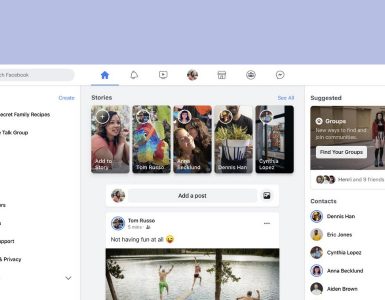 |
| Nokia researcher at work |
The key component of this research is Zinc Oxide which is a piezoelectric material capable of producing electrical energy by converting mechanical energy. Upon stretching or squashing this material, a voltage is produced. The experiment began by making it easy to collect energy by breaking down zinc oxide to nano level. It was then made into nano wires and rods. These rods and wires are then coated on to a surface which when bent or squashed, causes the nano – rods to produce high voltage. This means that movement or vibrations generated by our everyday sounds are enough for them to respond. Electrical contacts on sides of rods can help in harnessing this voltage.
For large scale production of the nano voltage generators, a process has been designed which involves spraying zinc oxide on a plastic sheet and then heating it to a high temperature causing the nano – rods to expand and cover the whole surface. Usually gold is used for creating contacts, but in this experiment aluminium foil was used. The experiment concluded with successful charging of Nokia Lumia 925. Battery life issues have always been a cause of irritation ever since it came in market. Change is slow but visible. Now we have bigger batteries and efficient chipsets giving 24 hrs of battery and can go up to a week on extreme power saver modes.





















